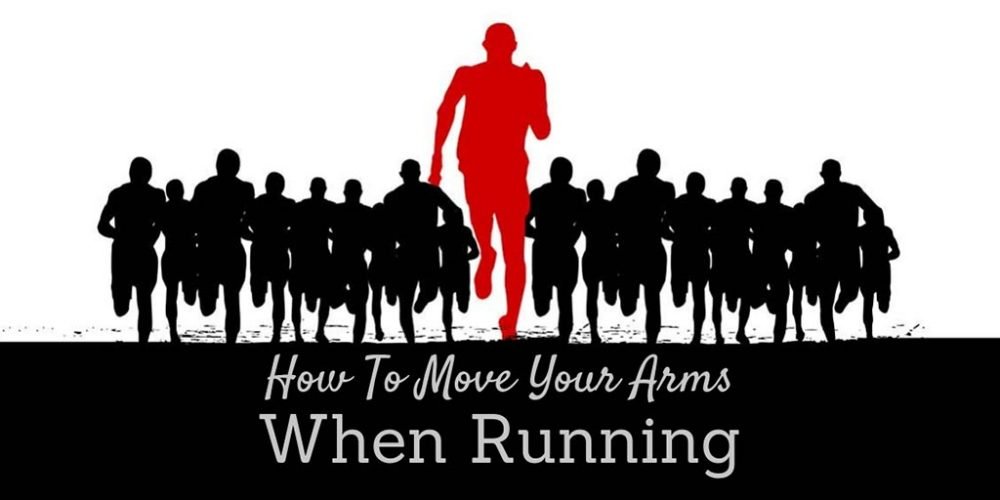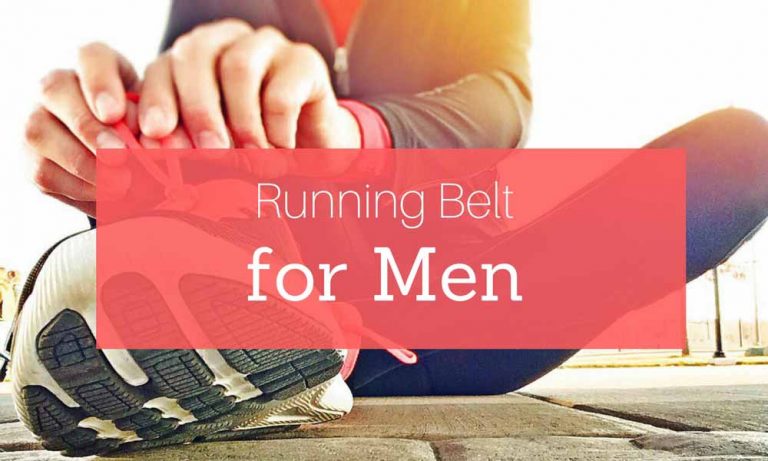How to Swing Your Arms When Running? (Why Arm Swing Is Important!)
Do you know that running with an incorrect arm swing could cost you a lot of energy, and time, and bring lower back pain?
In this article, we talk about proper arm swing while running.
It doesn’t matter whether you are running a marathon or even 10k race; your arms play an important role when it comes to how you run.
Many runners think that in running all the work is done in the lower body, but it is much more.
They unintentionally slow themselves down while running by failing to swing their arms from their shoulders, keeping their hands close to or across their chests.
These actions may look harmless and appear to conserve energy. But they will affect your legs in the long run.
“But running is a leg-dominant activity; how, then can the arms affect it?” you ask.
The way you swing your arms when you run makes a considerable difference in not only your performance but also your stride as well.
The Journal of Experimental Biology published the results of a study where it was revealed that running with restricted or limited arm movement versus swinging your arms when you run can save up to three to thirteen percent in energy outflow.
Source: Arm swinging saves energy
Distance runners that increase the efficiency of their arm swing when they run see tremendous improvements as they become more efficient and faster as well as experience reduced injuries in their lower extremities.
So, Why Is Arm Swing So Important?
When you run, you create a rhythm that spreads the use of energy throughout your body.
If you try running with your arms held tightly by your sides, you will find that your back, hips as well as legs become overworked, making you extremely uncomfortable.
But when you swing your arms while running, it stabilizes your body, reduces overall energy as well as propels or thrusts you forward.
Your running rhythm also improves considerably by lifting your body off the ground as you take each stride.
Swinging Arms Provide Stability and Save Energy
Your lower body will not experience any stress, and your pelvic rotation improves significantly, thus making your legs do their job without any trauma.
Therefore, here’s how to move your arms when running:
- When running, always swing the arms and legs simultaneously.
- Never swing your arms from your elbows, but from your shoulders. Your elbows should always remain bent when you run. Ensure that you drive them back as much as possible.
- Let your hands pass your body at the hips. Don’t hold your arms high above your waist or below the hips.
- Set your elbows at an angle of ninety degrees, but you can let the angle fluctuate slightly when swinging your arm. But don’t let the aspect of our elbow stray far away from ninety degrees. An excellent range you should always adhere to is between seventy to one hundred and twenty degrees.
- Always pump your arms backward and forward correspondingly in the direction of movement. Do not swing your arms across your body. Your elbows should never point outwards, but backward.
- Try to focus all the force in a back-and-forth movement, avoiding unnecessary rotation.
- While running, your shoulders, as well as your hands, should always be relaxed. Your shoulders should not be tight, but down and don’t clench your hands into fists.
Without any doubt, you have seen how crucial arm swing is when you run.
Follow the tips outlined above, and you will find yourself conserving energy while running more efficiently and smoothly.
Pumping Your Arms Makes You Faster
You may not think it, but one of the most significant determinants of how fast you can run is actually how fast you can pump your arms.
Because your arms partially determine how fast your legs turn over, and the faster your legs turn over the faster you run.
Proper arm/upper body movement can generate a lot of power. So definitely PUMP those arms, at least at the final surge towards the finish line!
Have a Phone Holder Like a Running Belt to Keep Your Hands Free
When you are holding something in your hand, phone, keys, etc. you are not able to pump your arms nearly as fast as you should be.
And the more you carry stuff in your hands the worst your technique gets. Because you get into the habit of not pumping your arms enough, and your pace goes down.
So if you have a phone with you on the run, learn to carry it with a proper running phone holder, like a phone armband, running belt, or pouch, that doesn’t disturb your ability to run faster.

Changing Your Technique Might Be Frustrating at First
Don’t practice arm movement when you’re tired. Do it before a long run when you are fresh.
Once you become comfortable with the technique, you’ll find that you’ve acquired a secret weapon in your running arsenal for those long runs!
You can overcome the drop in running cadence that usually comes with tiredness by keeping your arms in action.
It’s a massive misunderstanding that long-distance runners should minimize arm usage and keep them passively to the side of the body to save energy.
Numbness in Arms When You Run?
If you experience temporary pins and needles in your arms while running, the possible cause might be your form.
Your arms might be too rigid and bent too much so that it cuts off circulation to your hands.
Give your elbow a little room to operate. Don’t keep it stiff at all times.
Runners need to stretch out their arms on longer runs. Shaking stiff arms makes the muscles warm and the blood circulating again. So stretch it out and swing those arms.
The Bottom Line
The incorrect technique could be costing you time, energy, and even lower back pain.
But changing your mechanics can be frustrating at first. It might make you more tired in the short term, but will uncap your potential in the long run.
Acquiring the right method can make all the difference in your ability to convert to a faster runner.
On the next run, raise your sights forward. Don’t look at the ground in front of you. Keep yourself tall.
Your head is over your shoulders, your chest is up, your shoulders back, and your hips are rotated and aligned in neutral.
And arms swing helping you fly.
If you feel that you don’t move your arms properly, then look at how Coach Matt Russ demonstrates proper running arm movement and economy in this helpful video. The arms work to support a cadence for the legs actively. He also shares some drills to obtain the correct motion.





